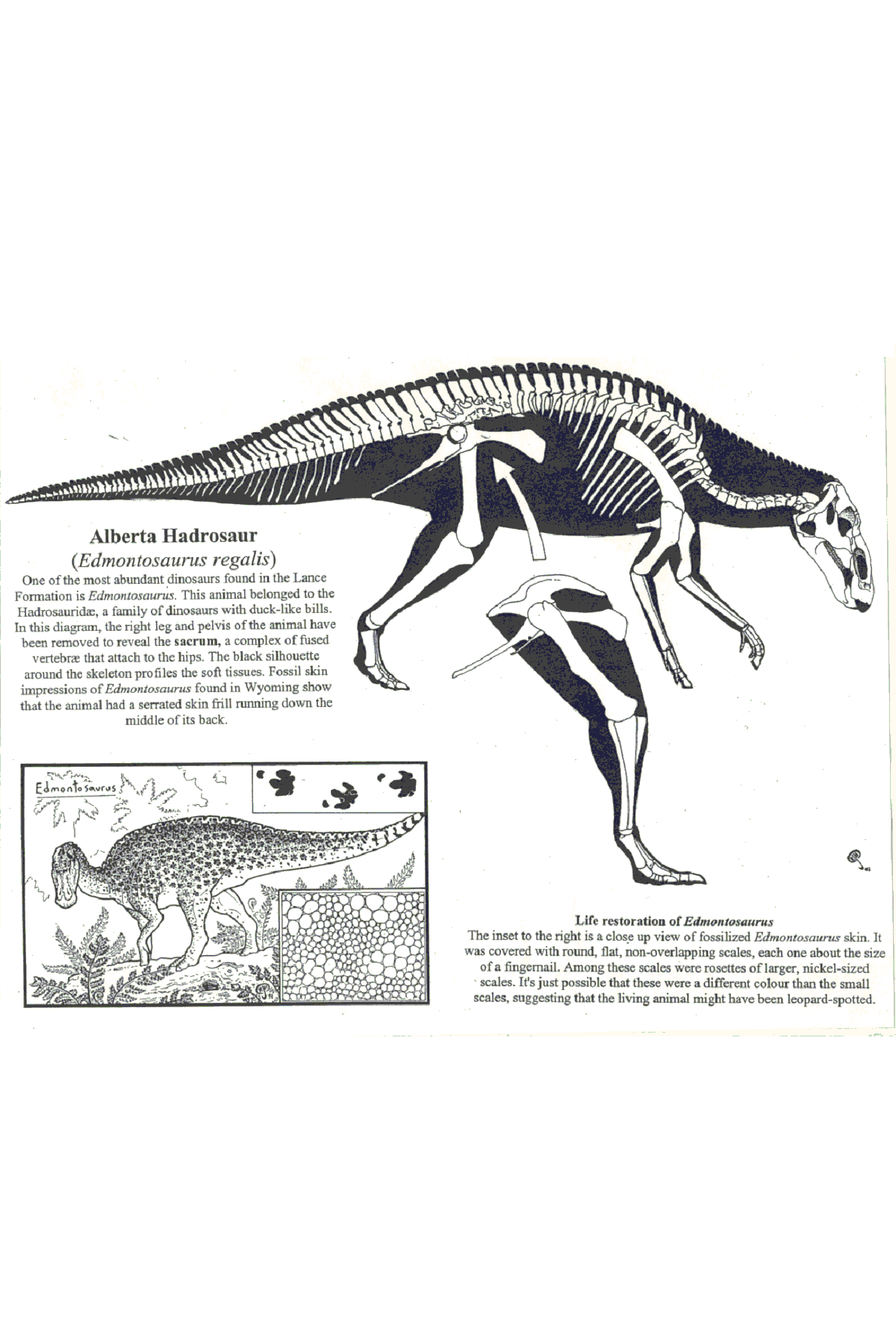Click to view larger
Krumholtz
“Krumholtz” was created from the field jacket of a hadrosaur pubis and is a Tate Geological Museum specimen. It was buried during the Cretaceous Period near present-day Lance Creek, WY of Niobrara County. This formation is known for the beds of yellow sandstone and brown and gray mudstone layers and dinosaur bones deposited 65 million years ago when flowering plants first evolved.
Krumholtz are small clumps of old, stunted, wind-scoured pines at timberline high in the Rocky Mountains.
Created from my broken pottery, un-used tiles from a mosaic installation and a sculpture base I decided to change into something else left me with wavy clouds for the sky in this mosaic. “Krumholtz” is a reminder of just how beautiful the area I live in is. The trees on top of the Snowy Range near Laramie, WY are so winds blown they only have branches on one side. As a kid, my mom told me they were “crummy trees” as a result, and ever since, I’ve remembered the term Krumholtz, defined below by Wikipedia.
Krummholz or Krumholtz formation (German: Krumm, “crooked, bent, twisted” and Holz, “wood”) is a particular feature of subarctic and subalpine tree line landscapes. Continual exposure to fierce, freezing winds causes vegetation to become stunted and deformed. Under these conditions, trees can only survive where they are sheltered by rock formations or snow cover. As the lower portions of these trees continue to grow, the coverage becomes extremely dense near the ground.
In my Dinosaur Mosaics, I use reclaimed and broken materials that allow new life for objects others have deemed trash. They fulfill my need to save everything I possibly can from the dump. I also like the idea that my creations have inspired friends to start cleaning up the prairie, beach, or wherever they are, by bringing me small bits of broken pottery, glass, and rusty objects for use in my creations. Thus far, I’ve gotten beach glass from India, broken pottery from an old homestead on a friend’s land in Wyoming, and beautiful green prairie glass from Veedauwoo. Interestingly enough, all were birthday presents from friends who know me well.
Special thanks to J-P Cavigelli and Russell Hawley, Tate Geological Museum, Casper College, WY
Hadrosaur pubis
Niobrara County, near Lance Creek, WY
Lance Formation
Cretaceous Period, 65 million years old
Casper College Tate Museum Specimen





